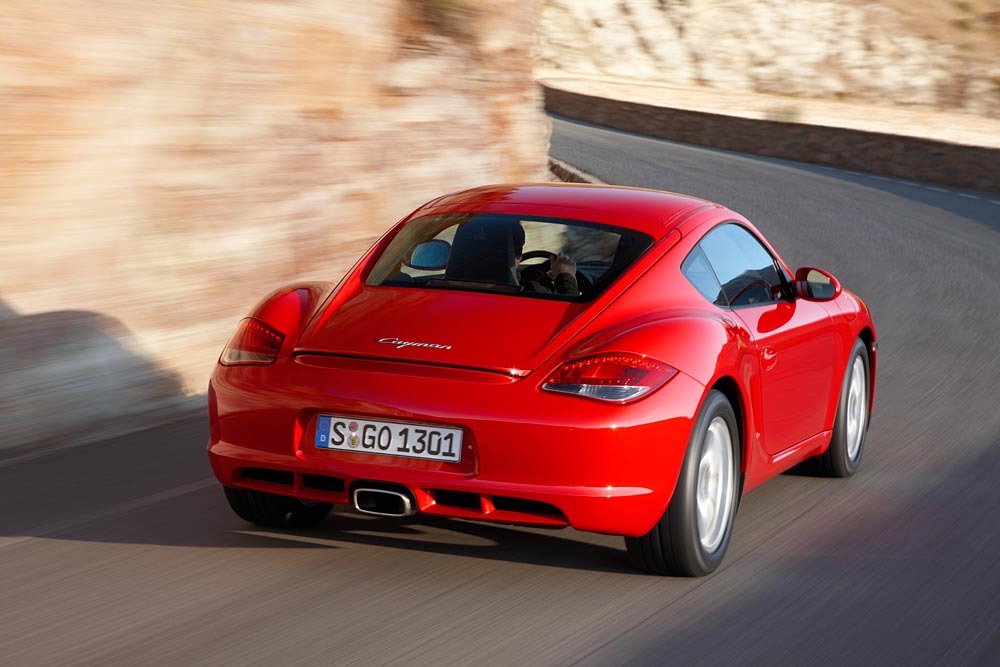Why the Porsche Cayman isn’t a success

You might imagine that the greatest threat to the 911 might come from some high-powered, homogenising bean counter in Wolfsburg. Such a mindset would never be completely happy until the company was building the entire VW group range on a maximum of three platforms. Fortunately, despite rather wider application of the Porsche badge than we would like, such extreme rationalisation seems pretty unlikely. And anyway, the 911 does share its platform – with the Boxster and the Cayman.
Now, if the Boxster successfully opened Porsche to a broader market than the 924-968 range did, the career of the more recent roofed version, the Cayman, has been less illustrious. Indeed, at the end of 2010, Forbes.com, the American business and markets website, went as far as to name to Cayman as the US’s tenth worst-selling car in 2010. This was on the basis that figures from Porsche showed that its US sales had dropped 31 percent compared with 2009. For external consumption, Porsche usually brackets Boxster and Cayman sales together, which hides the proportion of each sold, but when the figures are split, the Box generally outsells the coupé by some margin.
So what is holding the Cayman back? Lithe, mid-engined handling, proper Porsche brakes and a driving experience that leaves competitors like the BMW Z4 or Audi’s hottest TT RS in the shade. There seem to be three problem areas; the chassis could handle more power, the Cayman’s looks do not differentiate it enough from the Boxster, and it has always been priced significantly above the convertible. It is also neither Boxster nor 911, which may seem obvious, but it means it has to find a slightly different niche. Perpetually in the shade of the 911, the Cayman has no racing heritage to boost it and Porsche Motorsport shows no sign of offering a competition version, so there is none of the halo effect which the GT3 bestows on the 911. For the wider market, the Cayman’s looks are less striking than the Audi TT’s and the image-conscious would certainly aspire to a more recognisable Porsche; ie a 911.
So how could Porsche make more of the Cayman? Restyling is not an option in the short to medium term, but what about the price? The Cayman suffers some of the worst depreciation of the Porsche range; 2007 cars selling at 45 percent of their new price is almost BMW territory. Of course, in pitching the Cayman above the Boxster, Porsche is seeking to protect the hallowed 911, which is why Porsche bridles its power output. For this reason, Zuffenhausen leaves it to the tuners to make a turbo version.
Surely sooner or later someone in Wolfsburg is going to alight on this and tell Porsche to make more of this model. Last year’s announcement of a 330bhp, 1295kg Cayman R is an encouraging start, but Zuffenhausen needs to go further; another 90kg shaved off and 15 percent from the list price. Porsche needs to take the plunge and create a real 1200kg, 380bhp Cayman RS which could show the non-Turbo 911s a clean pair of heels. Porsche should stop seeing the Cayman as a threat and let it compete with the 911, both in the marketplace and on the track. A little competition might also shift more of the company’s focus back to its sports cars, which for us is what Porsche should be all about.

Comments (29)